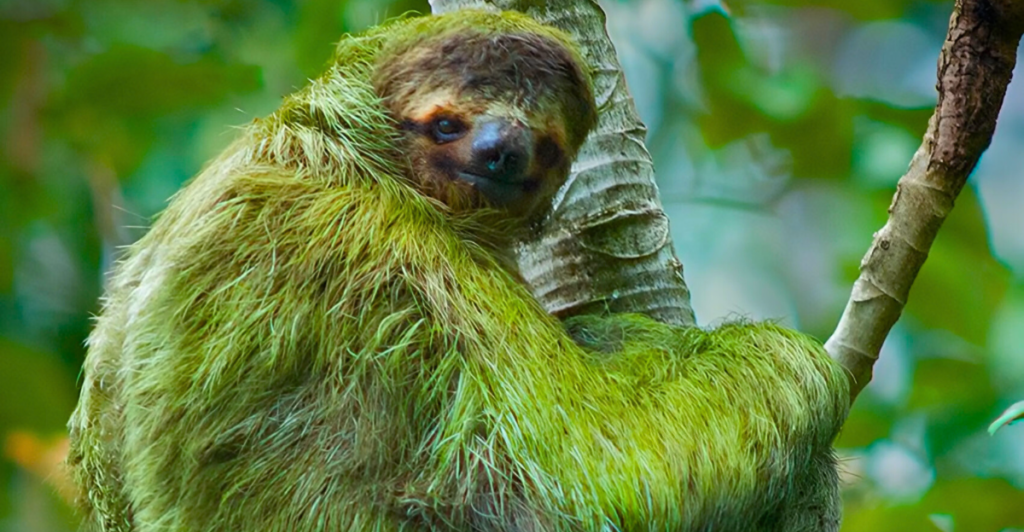
Nature has some of the most fascinating partnerships, where different species team up for survival, protection, and food. These symbiotic relationships prove that teamwork truly makes the dream work.
1. Ox Peckers And Large Mammals
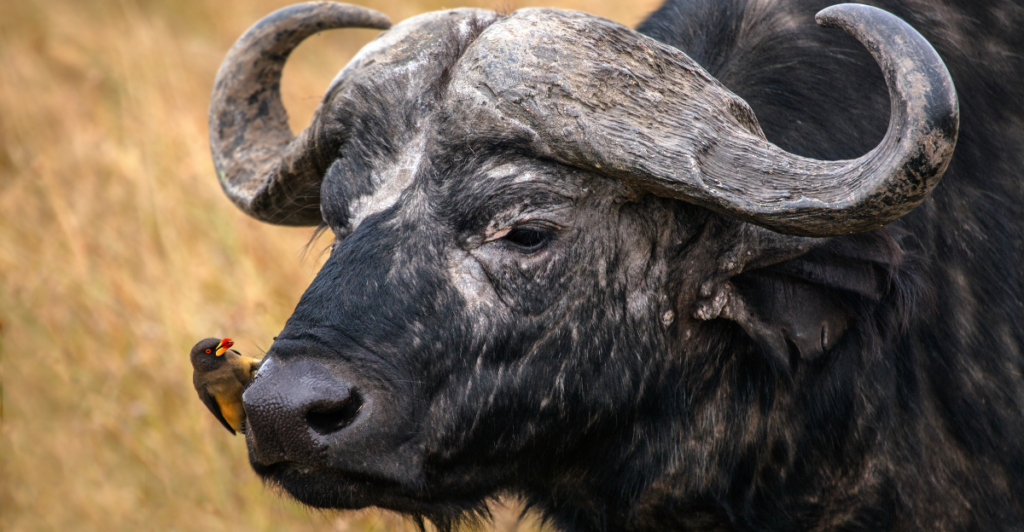
Large mammals, like buffaloes and rhinos, share a classic example of mutualism— where both species benefit from their partnership. These small, sharp-beaked birds perch on the backs of their massive hosts, feasting on ticks, dead skin, and even wound parasites. In return, the mammals get a natural cleaning service that helps reduce their parasite load and potential infections. But the oxpeckers do more than just groom; they act as an early warning system, chirping loudly when they spot approaching predators.
2. Clownfish And Sea Anemones
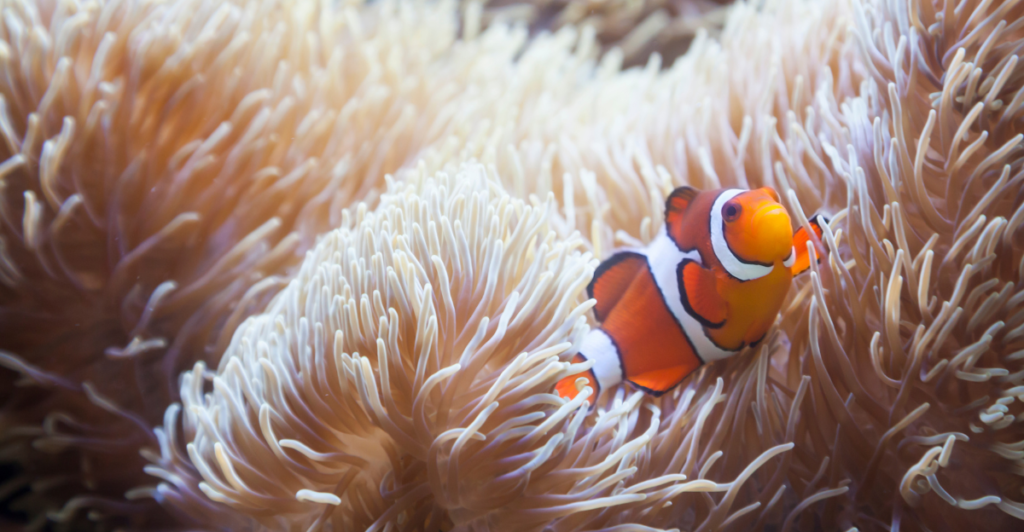
The clownfish finds refuge among the anemone’s venomous tentacles, gaining protection from predators that dare not venture too close. In return, the clownfish provides essential services—keeping the anemone clean by eating debris, improving water circulation with movement, and even luring prey. Some studies suggest that clownfish mucus contains a unique coating that prevents them from stung, allowing them to live safely among their toxic hosts.
3. Warthog And Mongoose
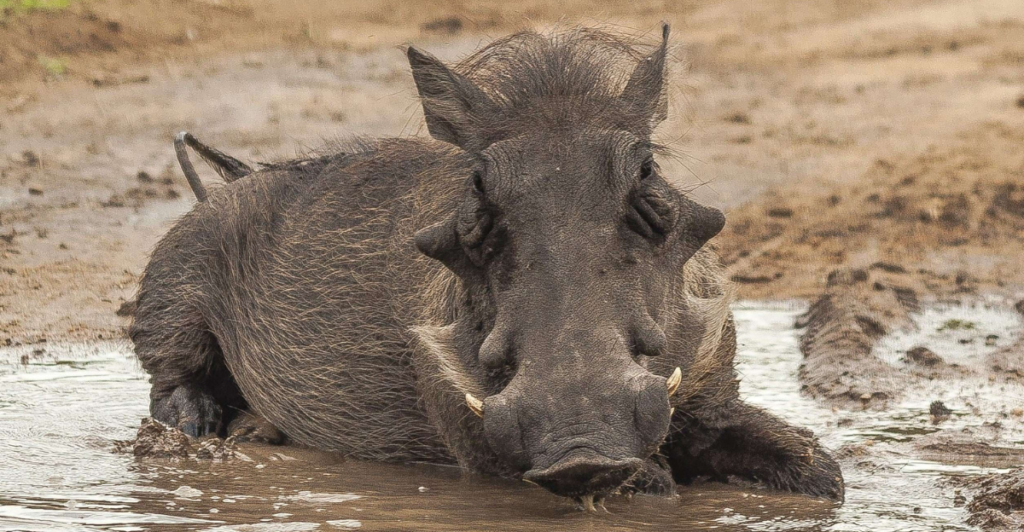
Everyone knows the famous friendship between Timon & Pumbaa. Warthogs, often covered in ticks and parasites, will lie down and let mongooses climb over them, picking off pests like tiny, diligent groomers. In return, the warthogs stay healthier and free of irritating parasites. But this relationship isn’t just about hygiene—warthogs and mongooses also watch for predators, alerting each other to potential dangers.
4. Pistol Shrimp And Gobies
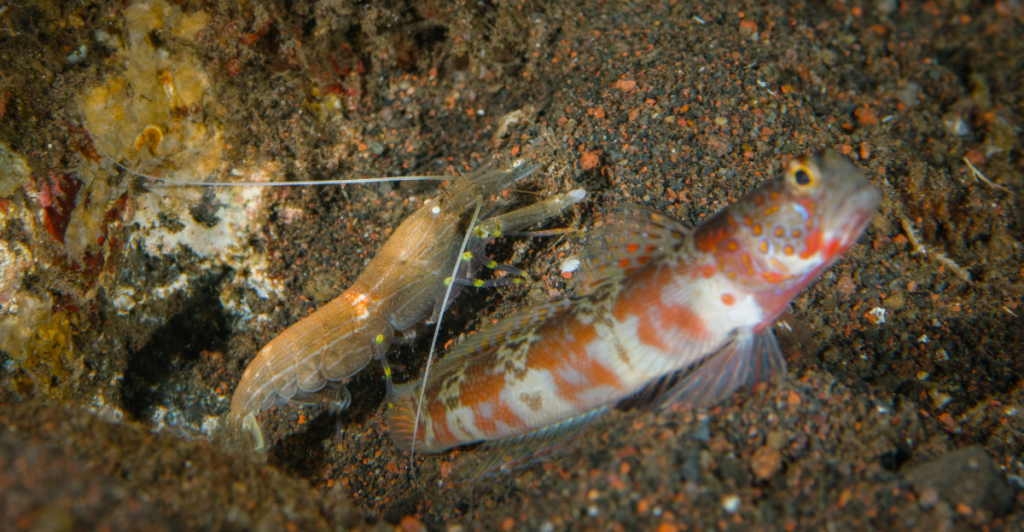
The nearly blind pistol shrimp relies on its goby companion to act as a lookout while it digs and maintains their shared burrow in the sandy ocean floor. In return, the goby gains a safe, hidden refuge from predators. The shrimp keeps one antenna in constant contact with the goby, and if danger approaches, the goby signals with a flick of its tail, sending the shrimp scurrying for cover.
5. Tiger And Golden Jackal
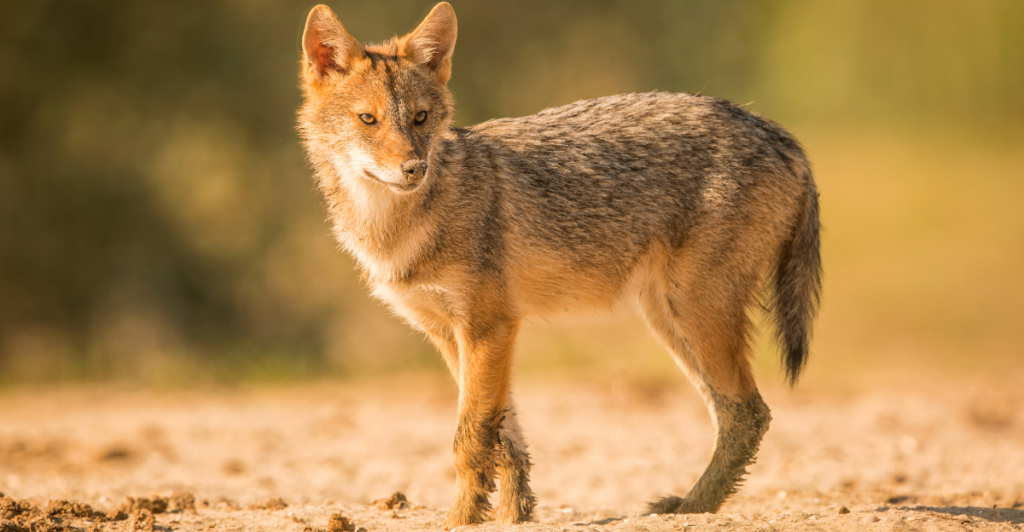
Unlike most predator-prey interactions, some jackals have been observed shadowing tigers, acting almost like scavenging sidekicks. These jackals benefit by feeding on the scraps left behind from a tiger’s hunt, ensuring they get a meal without exerting much effort. In return, the jackal provides an unexpected service—acting as an alert system by growling or barking when potential threats or rival predators approach.
6. Aphids And Ants
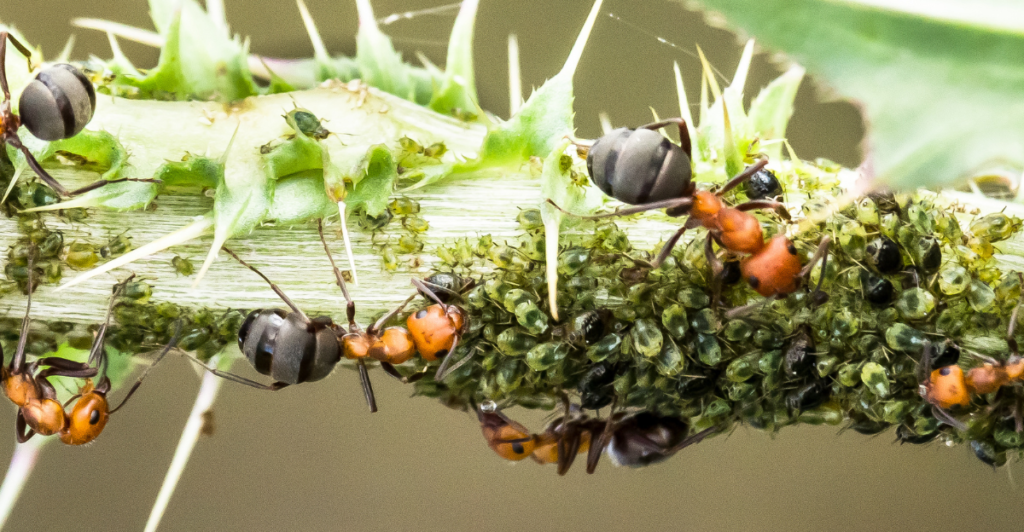
Aphids, small sap-sucking insects, produce a sugary liquid called honeydew, which ants love to eat. In exchange for this sweet treat, ants protect aphids from predators like ladybugs and wasps. Some ants even go further, herding aphids to the best feeding spots and carrying them to safety when danger arises.
7. Olive Baboon And Elephants
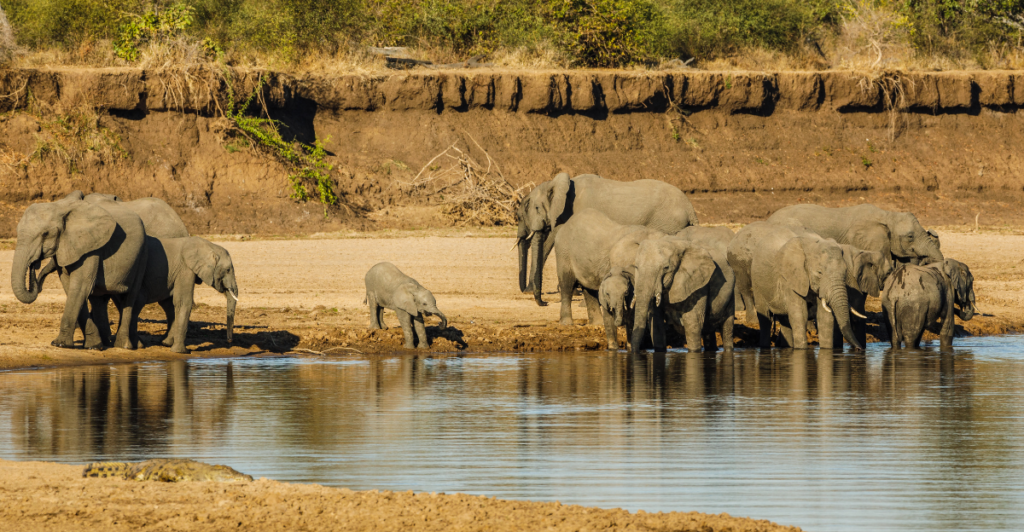
In the African savanna, these two animals rely on each other for protection and food. Elephants, with their incredible skill in digging for water, make resources more accessible for baboons. In return, baboons act as sharp-eyed sentinels, climbing trees to scan for predators and making loud alarm calls if they spot danger.
8. Humans And Honeyguides
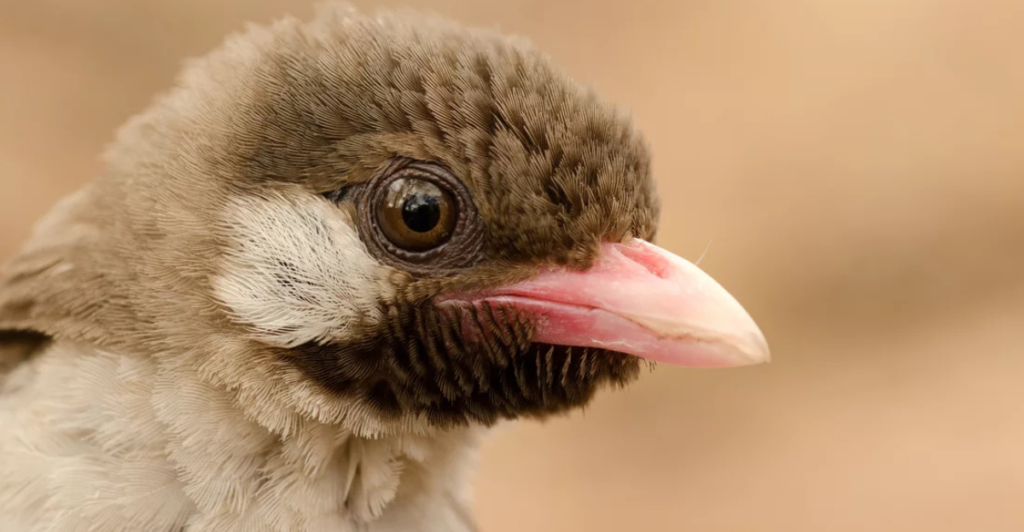
Found in Africa, these tiny birds have learned to lead humans to hidden beehives, using a series of chirps and flights to guide them. In return, humans crack open the hive, harvesting the honey while leaving behind beeswax and larvae—valuable food sources for the honeyguide.
9. Crocodiles And Egyptian Plovers
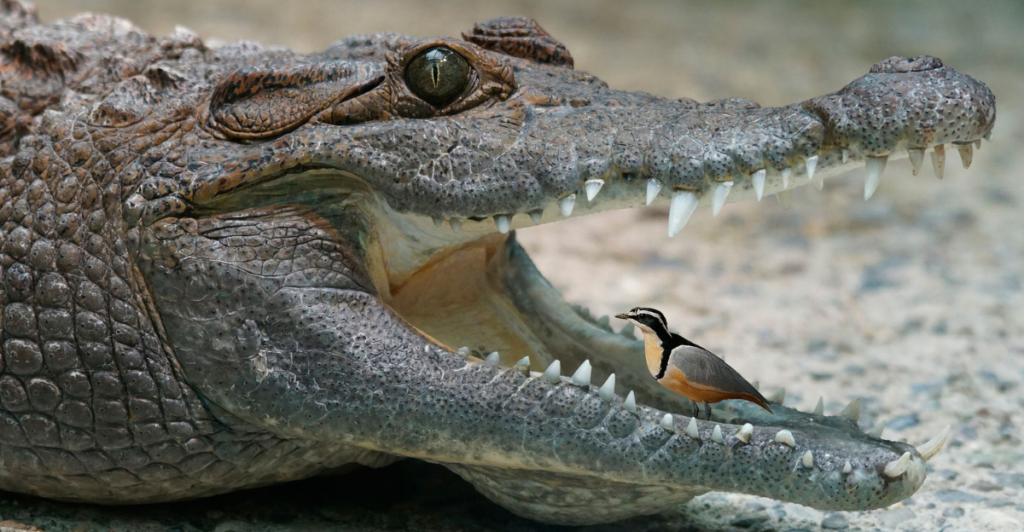
These tiny birds are often seen hopping into the open mouths of crocodiles, but instead of becoming a meal, they act as nature’s dentists. The plovers pick off food debris, parasites, and leeches from the crocodile’s teeth, helping to prevent infections and keep their powerful jaws clean. In return, the plovers get an easy meal and a level of protection few other birds enjoy—after all, not many predators would dare attack something inside a crocodile’s mouth!
10. Anemone and Boxer Crabs
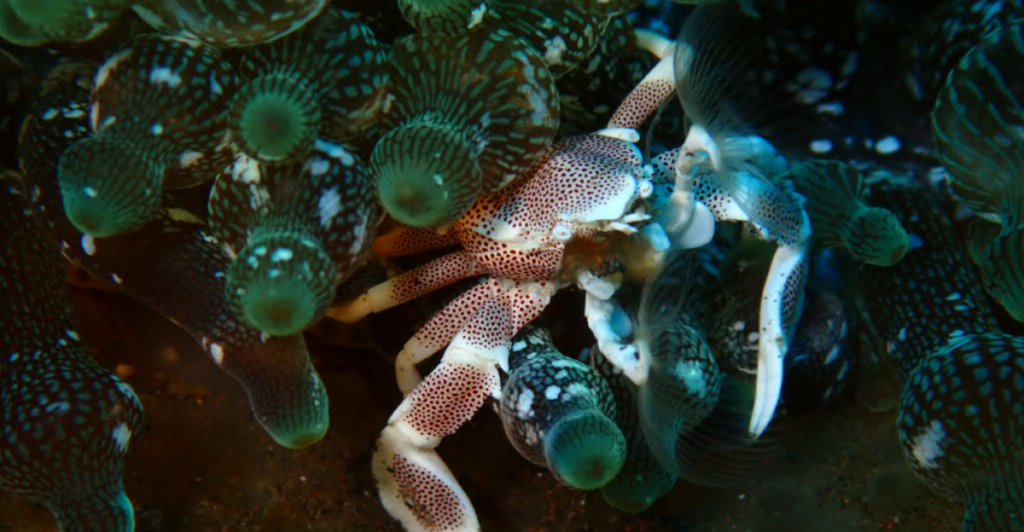
Boxer crabs, called pom-pom crabs, are tiny crustaceans carrying small sea anemones in their claws like living weapons. These anemones protect the crabs by stinging potential predators, while the crabs help the anemones by holding them to new feeding grounds where they can catch more food.
11. Ethiopian Wolf and Gelada Monkey
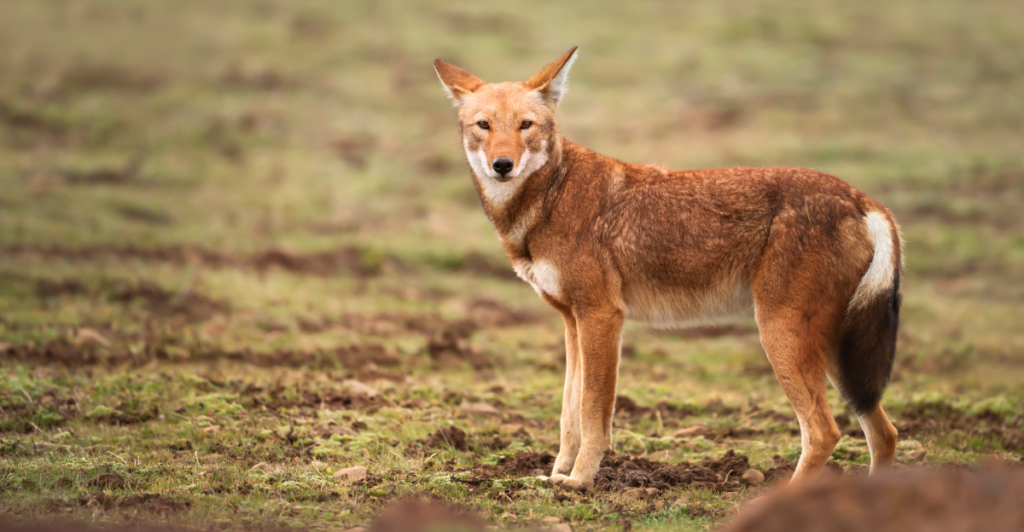
These wolves do not hunt the geladas. Instead, they move peacefully among the monkey troops, hunting rodents that live in the same grassy areas where geladas forage. The presence of the wolves keeps other, more aggressive predators—like feral dogs and jackals—at bay, indirectly protecting the geladas. In return, the monkeys’ foraging habits disturb the ground, flushing out more rodents for the wolves to catch.
12. Coyotes And Badgers
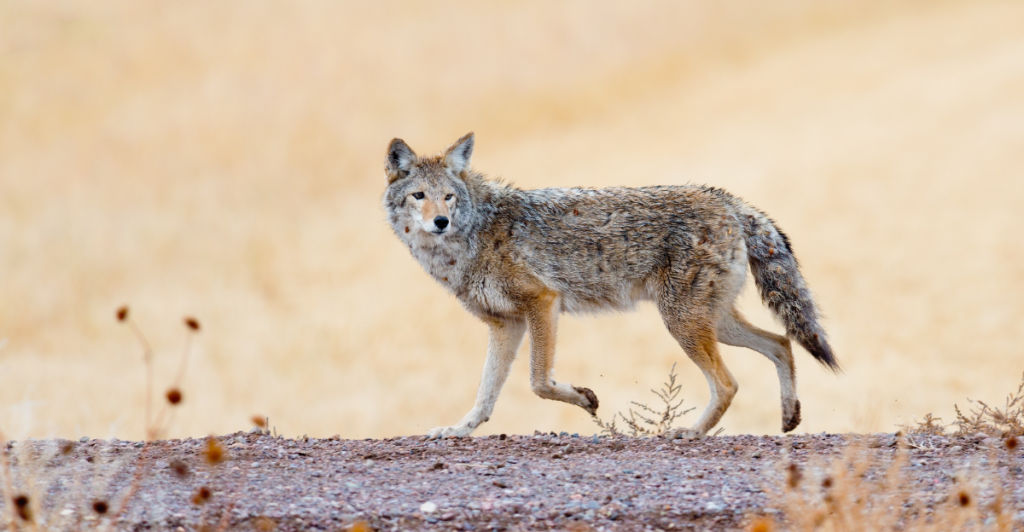
These two predators work together to catch small mammals, particularly burrowing rodents like ground squirrels and prairie dogs. With its speed and agility, the coyote chases prey on the surface, while the badger, an expert digger, tunnels underground to flush out or trap the rodents. This tag-team approach increases their hunting success, as prey trying to escape one predator often runs straight into the claws of the other.
Discover more of our trending stories and follow us to keep them appearing in your feed
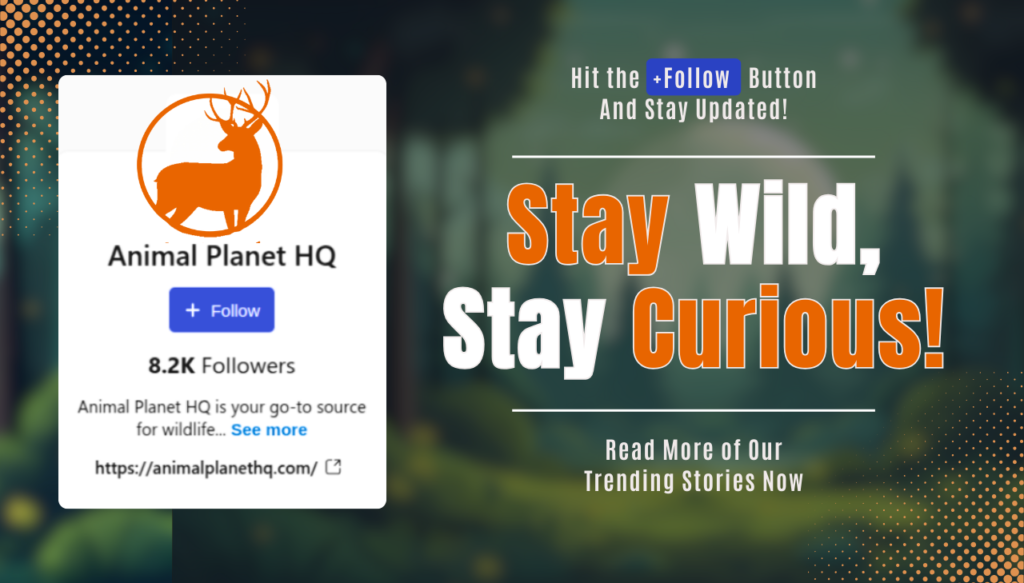
12 Animals That Exist Thanks to Evolutionary Isolation
10 Animals Unfazed by Rattlesnakes and What You Can Learn from Them
California Is Breaking Apart: A Fault Line Is Forming Faster Than Anyone Predicted
8 Massive Ice Age Animals That Once Roamed North America
References:
Reference 1
Reference 2
This article first appeared here
Stay connected with us for more stories like this! Follow us to get the latest updates or hit the Follow button at the top of this article, and let us know what you think by leaving your feedback below. We’d love to hear from you!







